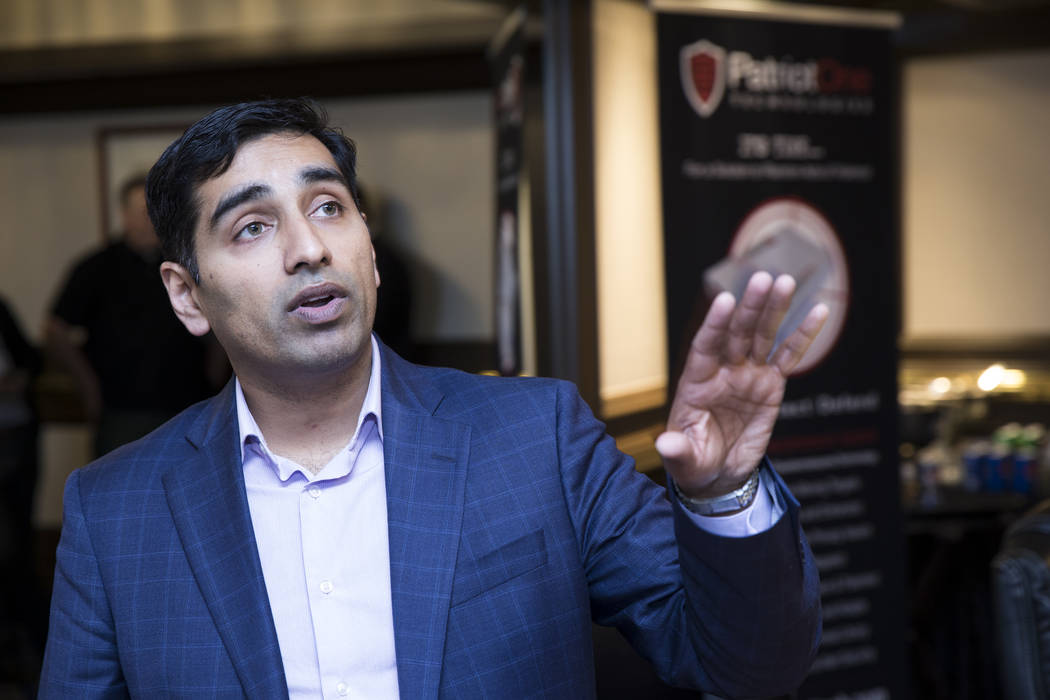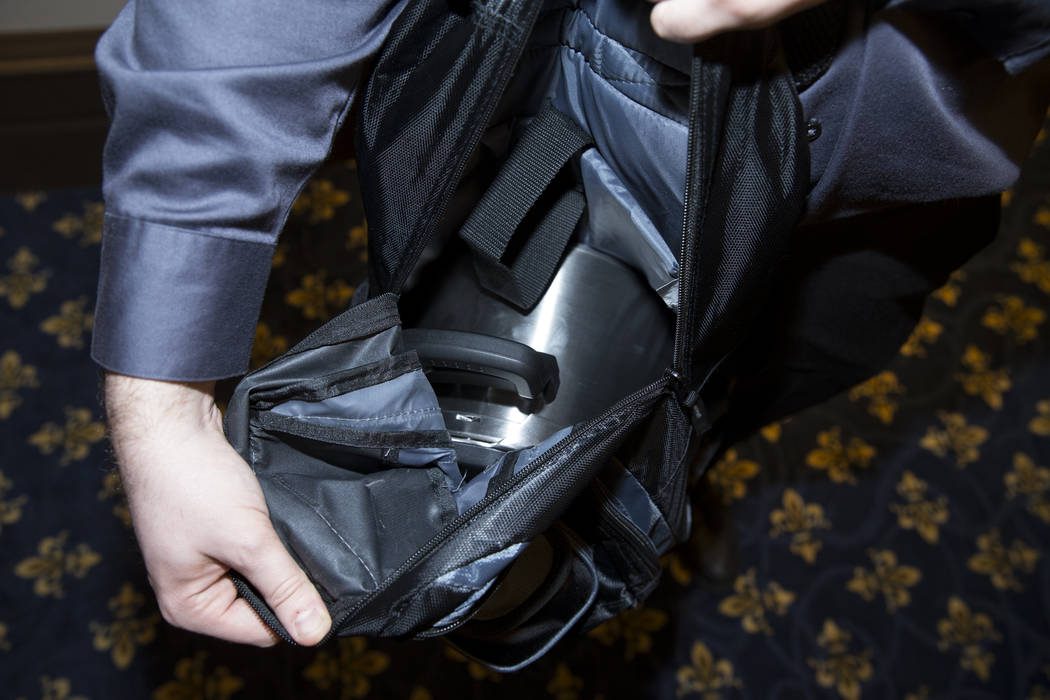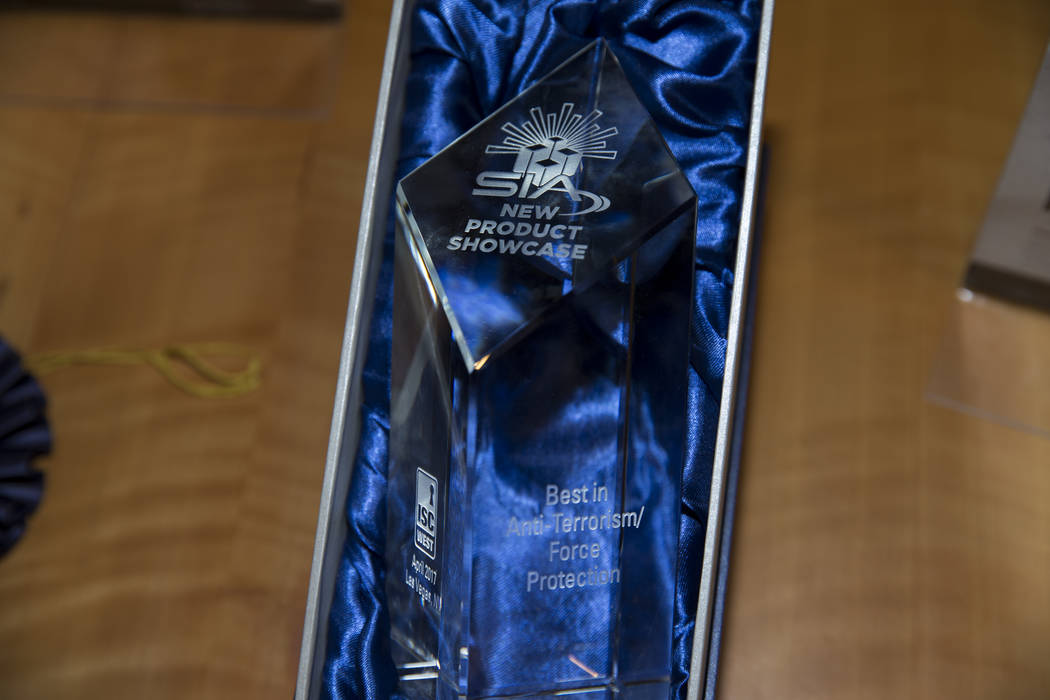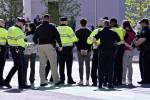Canadian company has high hopes for new security threat detection device
A Canadian technology company is hoping a small device — about the size of a wireless router — will revolutionize how the security industry can detect and warn of possible terrorism threats.
The device is in use at the Westgate Las Vegas as part of a pilot program.
Ontario, Canada’s Patriot One Technologies debuted the NForce CMR1000 this week at the International Security Conference & Exposition, called ISC West. The Security Industry Association awarded the device the top honor in the anti-terrorism category in the conference’s new product showcase.
Here’s why: The device, hidden under floor boards or behind wall panels, uses radar technology to alert security personnel to the presence of a concealed weapon, according to the company. It will pick up on the shape and metal composition of a concealed item and send an alert to a computer or cellphone: There’s an 84 percent chance this individual has a gun. Or perhaps a knife or a pressure cooker that could be an improvised explosive.
The alert would come with a surveillance image of the subject. The radar sweep can also pick up some plastics and ceramics.
Dinesh Kandanchatha, Patriot One Technologies’ president and chief technology officer, demonstrated the device for the Las Vegas Review-Journal at the Westgate Las Vegas on Thursday.
“You would never know the sensor is there,” Kandanchatha said. “And ninety-nine percent of the time, nothing happens.”
The device is also in use at a synagogue in Florida and a nightclub in Orlando, he said. Like the Westgate, these are places with an interest in ensuring the safety of patrons who might be turned off by going through an airport-style security screening.
“I think that’s why the hospitality and entertainment markets have jumped on it,” Kandanchatha said. “You’ve got to do it in a way that doesn’t kill your business.”
The company began development on the device in 2008 and is hoping for a full deployment by the fall.
Patriot One Technologies aims for a 90 percent efficacy rate, but either way the device is a tool that requires handlers. The device detects weapons, but not intent. A security guard will likely have to follow up on an alert.
But the device can learn from false-positives and can be programmed to recognize uniformed officers as nonthreats. It can be added to complex security systems such as those the valley’s resorts have, but it can be a simple interface too, Kandanchatha said.
A school could set the system up to interface with a smartphone for about $10,000, and an administrator could respond to threat alerts by having the system lock the school doors.
The response from ISC West attendees has been both positive and skeptical, Kandanchatha said.
“They want it to work,” he said.
Contact Wesley Juhl at wjuhl@reviewjournalcom and 702-383-0391. Follow @WesJuhl on Twitter.

































